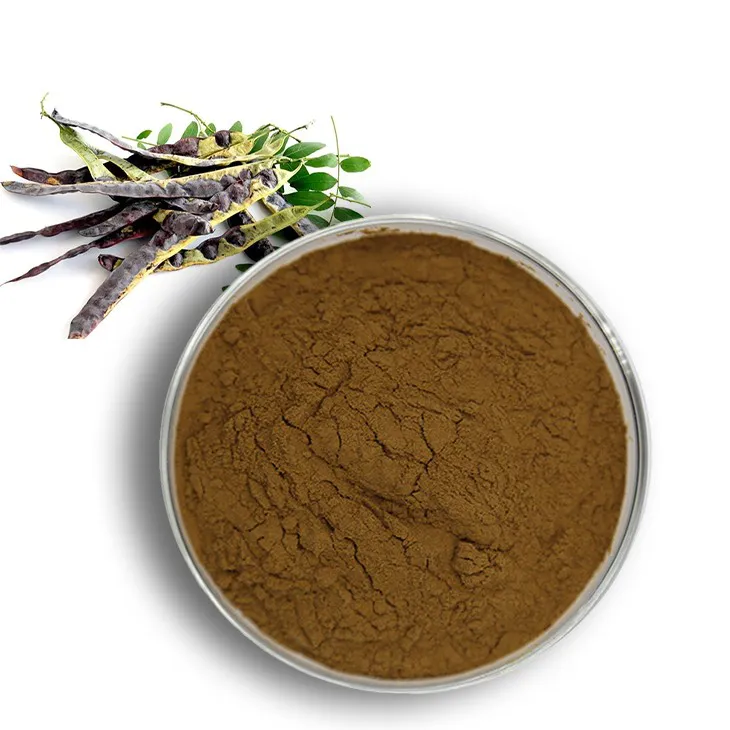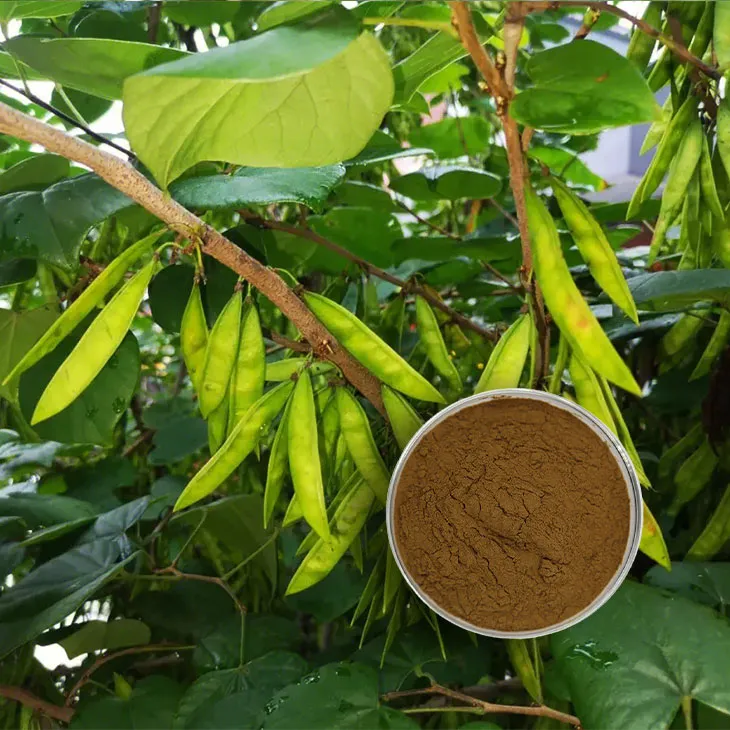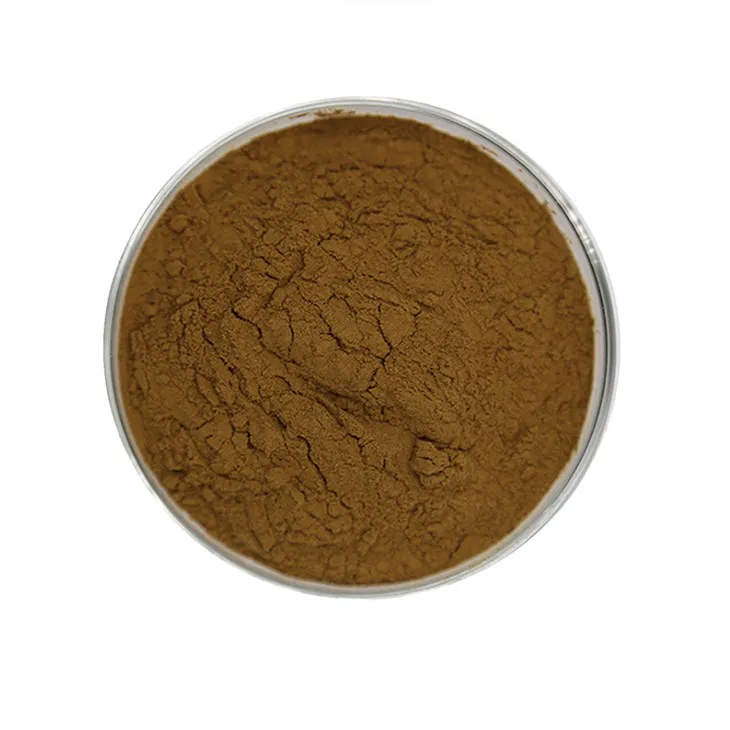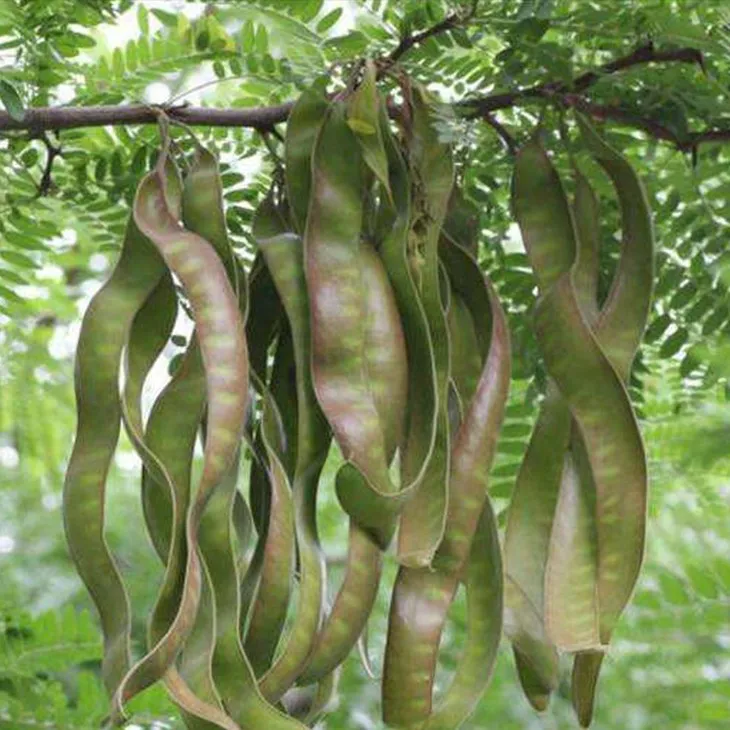- 0086-571-85302990
- sales@greenskybio.com
Supercritical Carbon Dioxide Extraction of Saponin Extracts
2024-11-29

1. Introduction
Saponins are a large and diverse group of natural compounds that are widely distributed in plants. They are glycosides with a triterpenoid or steroid aglycone linked to one or more sugar moieties. Saponins have attracted significant attention due to their various biological activities, such as anti - inflammatory, antioxidant, antimicrobial, and immunomodulatory properties. As a result, there is a growing interest in extracting saponins for use in pharmaceuticals, cosmetics, and food industries.
Traditional extraction methods for saponins, such as solvent extraction using organic solvents like ethanol or methanol, have some limitations. These methods may require large amounts of solvents, which can be costly and environmentally unfriendly. Moreover, the extraction process may be time - consuming and may lead to the degradation or loss of the bioactivity of saponins due to harsh extraction conditions. Supercritical carbon dioxide (SC - CO₂) extraction has emerged as a promising alternative method for obtaining Saponin Extracts.

2. Principles of Supercritical Carbon Dioxide Extraction
Carbon dioxide (CO₂) exists in three states: solid, liquid, and gas. When CO₂ is heated and pressurized above its critical point (temperature: 31.1 °C, pressure: 73.8 bar), it enters a supercritical state. In this supercritical state, CO₂ has unique properties that make it an excellent solvent for extraction.
Supercritical CO₂ has a density similar to that of a liquid, which enables it to dissolve a wide range of substances. At the same time, its viscosity is close to that of a gas, and its diffusivity is higher than that of a liquid. These properties allow supercritical CO₂ to penetrate easily into the matrix of the plant material and extract the target compounds, such as saponins, more efficiently.
Another important aspect of supercritical CO₂ extraction is its tunable solvent properties. By adjusting the temperature and pressure, the density and polarity of supercritical CO₂ can be changed. This allows for the selective extraction of different components from a complex mixture. For Saponin Extraction, the appropriate adjustment of temperature and pressure can enhance the solubility of saponins in supercritical CO₂ while minimizing the extraction of unwanted impurities.

3. Parameters Affecting Supercritical Carbon Dioxide Extraction of Saponins
3.1 Temperature
Temperature plays a crucial role in supercritical CO₂ extraction of saponins. Increasing the temperature generally increases the diffusivity of CO₂, which can enhance the mass transfer rate and improve the extraction efficiency. However, if the temperature is too high, it may cause the degradation of saponins or the extraction of unwanted compounds.
For different types of saponin - containing plants, there is an optimal temperature range. For example, in the extraction of saponins from ginseng, a temperature range of 40 - 60 °C has been found to be effective.
3.2 Pressure
Pressure also has a significant impact on the extraction process. Higher pressure usually leads to a higher density of supercritical CO₂, which in turn increases the solubility of saponins. However, excessive pressure may require more energy input and may also cause equipment problems.
In the extraction of saponins from some plants, a pressure range of 200 - 400 bar has been commonly used. The optimal pressure needs to be determined based on the specific characteristics of the plant material and the target saponins.
3.3 Co - solvents
Although supercritical CO₂ has good solvent properties, in some cases, the addition of co - solvents can further improve the extraction efficiency. Co - solvents such as ethanol or water can increase the polarity of the extraction system, which is beneficial for the extraction of polar saponins.
The amount of co - solvent added should be carefully controlled. Too much co - solvent may change the properties of supercritical CO₂ too much and may also lead to the extraction of more impurities. Usually, the concentration of co - solvent is in the range of 5 - 20% (v/v).
3.4 Extraction Time
The extraction time affects the yield of Saponin Extracts. Longer extraction time generally leads to a higher yield, but it also increases the cost and may cause the extraction of unwanted components over time.
There is an optimal extraction time for each extraction process. For example, in the extraction of saponins from certain plants, an extraction time of 2 - 4 hours has been found to be sufficient to obtain a relatively high yield while maintaining the quality of the extracts.

4. Applications of Supercritical Carbon Dioxide - Extracted Saponin Extracts
4.1 Pharmaceutical Industry
In the pharmaceutical industry, saponin extracts obtained by supercritical CO₂ extraction have great potential. Saponins' biological activities, such as their anti - inflammatory and immunomodulatory effects, make them valuable for the development of new drugs.
For example, some saponins have been shown to have potential in the treatment of cancer. Supercritical CO₂ extraction can provide a pure and bioactive saponin extract, which can be further studied for its pharmacological properties and used in drug formulation.
4.2 Cosmetics Industry
Saponins are also widely used in the cosmetics industry. They can act as surfactants, emulsifiers, and moisturizers. Supercritical CO₂ - extracted saponin extracts can be used in various cosmetic products, such as creams, lotions, and shampoos.
The mild extraction conditions of supercritical CO₂ extraction ensure that the saponins retain their natural properties, which is beneficial for their performance in cosmetics. For instance, saponin - based surfactants can provide gentle cleansing properties without causing excessive skin irritation.
4.3 Food Industry
In the food industry, saponin extracts can be used as natural additives. They can act as emulsifiers, foaming agents, and antioxidants. Supercritical CO₂ extraction allows for the production of food - grade saponin extracts that are free from harmful solvents.
For example, saponins from certain plants can be used in the production of functional foods. They can enhance the nutritional value and shelf - life of food products.

5. Advantages of Supercritical Carbon Dioxide Extraction of Saponin Extracts
- Mild extraction conditions: Supercritical CO₂ extraction operates under relatively mild temperature and pressure conditions compared to traditional extraction methods. This helps preserve the integrity and bioactivity of saponins. For example, in some traditional solvent extraction methods, high temperatures or strong solvents may cause the denaturation or degradation of saponins.
- High selectivity: As mentioned earlier, the tunable solvent properties of supercritical CO₂ allow for high - selectivity extraction. This means that it is possible to extract saponins with high purity, minimizing the extraction of unwanted compounds. In contrast, traditional extraction methods may extract a large number of impurities along with saponins, which requires further purification steps.
- Environmentally friendly: Supercritical CO₂ is a non - toxic, non - flammable, and environmentally friendly solvent. It does not produce harmful residues like some organic solvents used in traditional extraction methods. After the extraction process, CO₂ can be easily recovered and recycled, reducing the environmental impact.
- Product quality: The saponin extracts obtained by supercritical CO₂ extraction are of high quality. They have a relatively pure composition and retain their bioactive properties. This makes them more suitable for use in high - end applications such as pharmaceuticals and cosmetics.
6. Challenges and Future Perspectives
Although supercritical CO₂ extraction of saponin extracts has many advantages, there are also some challenges.
- High equipment cost: The equipment for supercritical CO₂ extraction is relatively expensive, which may limit its widespread application, especially for small - scale producers.
- Complex process optimization: Determining the optimal extraction parameters (temperature, pressure, co - solvent, etc.) for different saponin - containing plants can be a complex and time - consuming process. Each plant material may have different characteristics, and a comprehensive study is required to achieve the best extraction results.
- Scale - up issues: Scaling up the supercritical CO₂ extraction process from laboratory scale to industrial scale may encounter various problems, such as ensuring uniform extraction conditions and efficient mass transfer in large - scale equipment.
In the future, with the continuous development of technology, it is expected that the cost of supercritical CO₂ extraction equipment will decrease. Research on process optimization will also be further deepened, and more efficient and cost - effective extraction processes will be developed. Moreover, the application of supercritical CO₂ extraction in the field of saponin extraction will be further expanded, bringing more benefits to the pharmaceutical, cosmetics, and food industries.
FAQ:
What are the main advantages of supercritical carbon dioxide extraction for saponin extracts?
Supercritical carbon dioxide extraction for saponin extracts has several main advantages. Firstly, it operates under mild conditions, which is beneficial for preserving the integrity and bioactivity of saponins. Secondly, supercritical CO₂ has tunable solvent properties, allowing for high - selectivity extraction.
How does supercritical carbon dioxide extraction preserve the integrity of saponins?
The mild operating conditions of supercritical carbon dioxide extraction play a crucial role in preserving the integrity of saponins. Since the process doesn't involve harsh chemical reactions or extreme temperatures and pressures that could potentially break down or modify the saponin molecules, the integrity of saponins can be maintained.
What are the key parameters in supercritical CO₂ extraction of saponin extracts?
The key parameters in supercritical CO₂ extraction of saponin extracts include temperature, pressure, and extraction time. Temperature and pressure can affect the density and solubility of CO₂, thus influencing the extraction efficiency. The extraction time also needs to be optimized to ensure sufficient extraction of saponins without causing degradation or loss of bioactivity.
What are the applications of saponin extracts obtained by supercritical CO₂ extraction in the pharmaceutical industry?
In the pharmaceutical industry, saponin extracts obtained by supercritical CO₂ extraction can be used for various purposes. They may have potential as drug candidates due to their biological activities such as anti - inflammatory, antioxidant, and immunomodulatory properties. Saponin extracts can also be used in the development of new drug delivery systems or as adjuvants in vaccines.
How does supercritical CO₂ extraction compare to traditional extraction methods for saponin extracts?
Compared to traditional extraction methods for saponin extracts, supercritical CO₂ extraction has distinct advantages. Traditional methods may involve the use of organic solvents, which may be toxic and require complex solvent removal processes. Supercritical CO₂ extraction, on the other hand, is a cleaner and more environmentally friendly method. It also offers better selectivity and can preserve the bioactivity of saponins more effectively.
Related literature
- Supercritical Fluid Extraction of Bioactive Compounds from Natural Sources"
- "Advances in Supercritical Carbon Dioxide Extraction of Phytochemicals"
- "Saponin Extraction and Its Applications in the Food and Pharmaceutical Industries"
- ▶ Hesperidin
- ▶ Citrus Bioflavonoids
- ▶ Plant Extract
- ▶ lycopene
- ▶ Diosmin
- ▶ Grape seed extract
- ▶ Sea buckthorn Juice Powder
- ▶ Fruit Juice Powder
- ▶ Hops Extract
- ▶ Artichoke Extract
- ▶ Mushroom extract
- ▶ Astaxanthin
- ▶ Green Tea Extract
- ▶ Curcumin
- ▶ Horse Chestnut Extract
- ▶ Other Product
- ▶ Boswellia Serrata Extract
- ▶ Resveratrol
- ▶ Marigold Extract
- ▶ Grape Leaf Extract
- ▶ New Product
- ▶ Aminolevulinic acid
- ▶ Cranberry Extract
- ▶ Red Yeast Rice
- ▶ Red Wine Extract
-
Clove Powder
2024-11-29
-
Curcuma Longa Extract
2024-11-29
-
Acerola Extract
2024-11-29
-
Hericium erinaceus extract powder
2024-11-29
-
White Peony Extract
2024-11-29
-
Nettle leaf extract
2024-11-29
-
White Willow Bark Extract
2024-11-29
-
Polygonum Cuspidatum Extract
2024-11-29
-
Berberis aristata Extract
2024-11-29
-
Bayberry Extract
2024-11-29





















